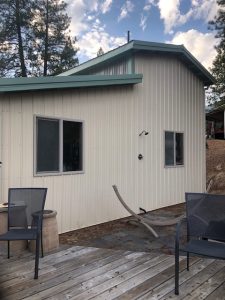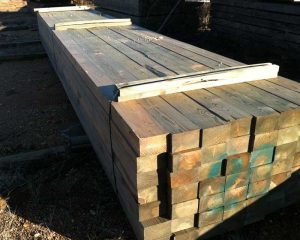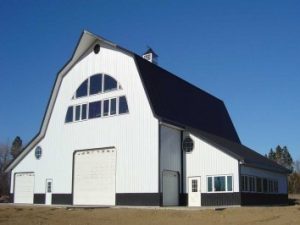Daylighting
Windows are more than just a building’s eyes to the world. Properly located they can also save on your pole building’s utility bills as well as increasing comfort and productivity.
 Daylighting is the use of nature’s sunshine, rather than bulbs, to light interior spaces. Many variables need to be considered to maximize the benefits. These include types of windows, their placement, location of interior spaces and control of how much light comes in. All of these factors add together to create properly lit and energy saving spaces.
Daylighting is the use of nature’s sunshine, rather than bulbs, to light interior spaces. Many variables need to be considered to maximize the benefits. These include types of windows, their placement, location of interior spaces and control of how much light comes in. All of these factors add together to create properly lit and energy saving spaces.
Geographical location and climate, building architecture, use and orientation are big factors in designing a successfully daylit building. Such a building is always the result of a combination of art and science, engineering and architecture.
Windows with southern exposure let the most light in during the winter and less in the summer. North facing windows are good for daylighting as they let in natural light with little glare and little summer heat.
East and west facing windows provide little in the way of daylighting other than in mornings and afternoons, however generally contribute glare and excess heat in summer months.
Clear glass actually provides 140 to 200 times the light required for indoor work spaces!
This extra light creates glare and a cave effect – where the rear of rooms appear dark compared to other surfaces. When this occurs, the blinds start being closed, lights are turned on and the electric meter begins to turn. In properly designed spaces the windows are appropriate to provide enough, but not too much light. The use of light colors on ceilings assists in defusing and adding to the effects of day light in any room.
In most cases, electric lights, which produce a lot of heat, do not need to be used during daytime hours. Natural lighting, properly designed, produces little or no heat, provides adequate lighting of work spaces and decreases internally generated heat – resulting in the need for smaller HVAC systems, reducing upfront costs, which can be used to improve daylighting systems.
To reduce glare, overhangs can be placed above windows, which also cuts down on summer heat gain, Inside, louvers or tinting reduce glare and can be used to properly direct light to where it is best utilized.
Modern window technologies are also more energy efficient than the single glazed (one pane of glass) aluminum frame windows I grew up with. Low-E and gas filled double and triple pane windows insulate, while allowing in wanted light.
And, like those Ray-Ban sunglasses, special windows are available which lighten and darken with the amount of sunlight!
In new pole building construction, proper daylighting can be accomplished without increased construction costs and the benefits of lower lighting costs and reduced cooling costs.
Best of all natural lighting has proven psychological benefits for the building’s occupants!









